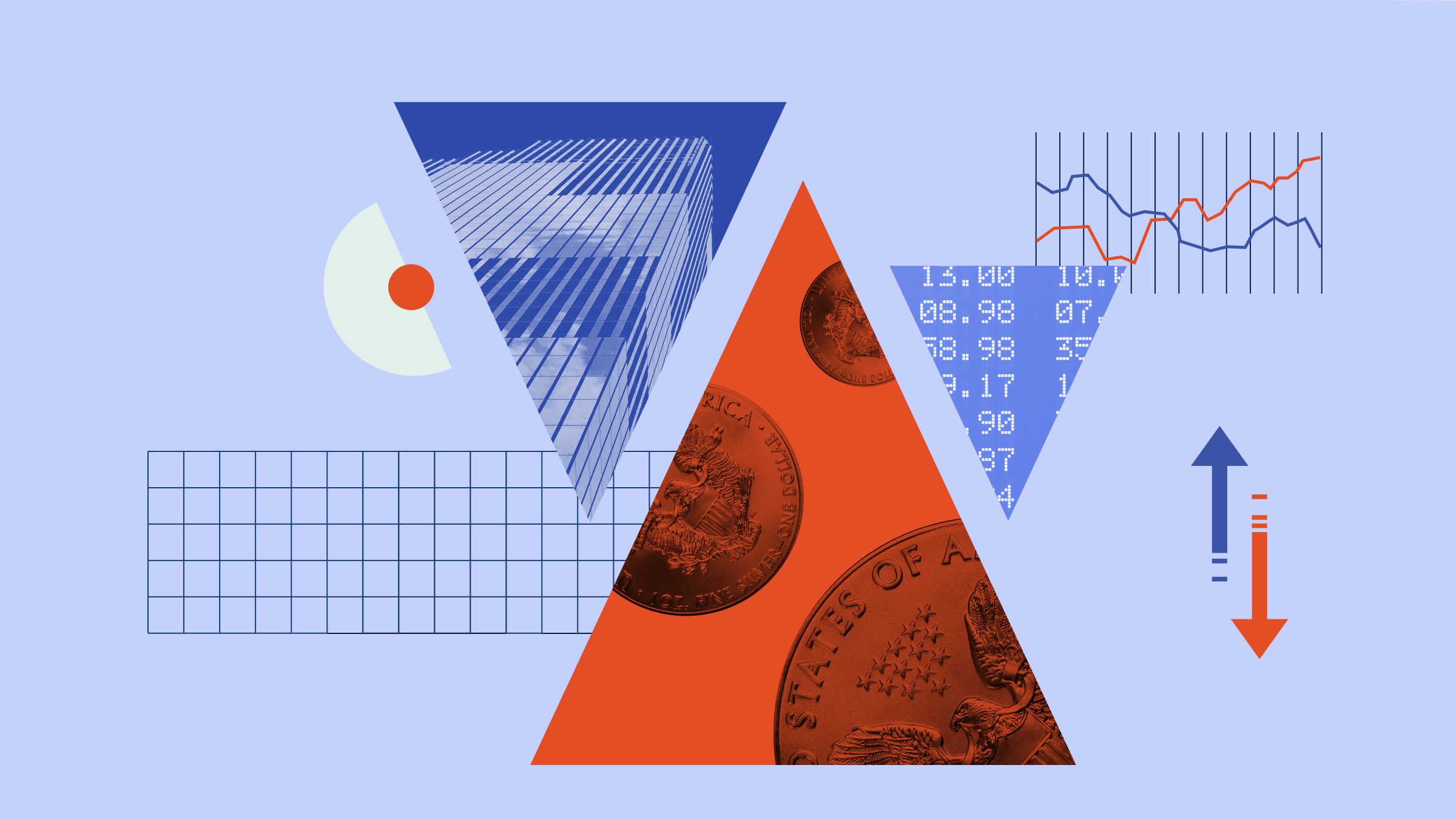
Stock-market blowouts come in four flavours. One is economic. Anticipated setbacks are fine. If inflation rises according to expectations, or corporate earnings slip, stocks will be undeterred. Surprises are the problem. An example is the 1973-74 crash, when investors were twice surprised.
Not only did the oil crisis spark unforeseen inflation, but – contrary to the prediction of the Phillips curve – unemployment did not fall as prices rose. Over those two years, the S&P 500’s after-inflation total return was negative 47%.
A second reason is speculation – that is, stocks become overpriced. This condition is quite different than the first, because there’s nothing unanticipated about equity prices. They are fully known. However, for some reasons, sometimes, stocks move north in a hurry – only, at some point, to make an equally rapid retreat. Changing economic conditions can partially explain the movement, but not fully.
Such was the case in 2000-02 for technology stocks. To be sure, some crash victims were puffery rather than legitimate businesses. They went to zero because their bluffs were discovered. But many others went down solely because they had gone up. Microsoft (MSFT) shares soared from $15 to $57 within two years, then dropped back to $28 over the next 12 months, even as its revenue steamed ahead. The company stayed the course; investor sentiment did not.
Finances and Panics
The third flavour – which is related to the fourth – is financial. Corporate earnings might be healthy, and inflation tame, but when banks sneeze, everybody becomes unwell. There’s no escape from their reach. Their loans are held by both businesses and consumers, and banks are also important to the short-term debt markets. As witnessed in 2008, when they teeter, all else totters. It is with justification that the banking sector is so heavily regulated. Not that those rules always work according to plan, but that is another story.
Finally, there’s panic. It’s no secret that financial markets, like 20th-century art, can be self-referential. They are affected by what occurs within the system as well as what transpires without. The strongest U.S. stock-market example was in October 1987, when several minor woes; currency fluctuations, modest inflation fears, Iran-Iraq War sparring, triggered a 22% single-day decline.
The economic problems were modest; stock prices were reasonable; and banks were healthy. Stocks collapsed because they collapsed; the early selling begat more selling, until the Dow Jones Industrial Average suffered its largest-ever daily loss.
This scheme, to be sure, simplifies matters. Every model does, otherwise it wouldn’t be a model. The root cause of the 1973-74 downturn was an economic shock, but 1972’s lofty stock prices didn’t help matters. In 2008, agitation over banking’s woes spilled into various financial markets, thereby exacerbating the destruction wrought by poor economic news. These four conditions rarely, if ever, exist solely on their own.
Nonetheless, I find the framework helpful when evaluating prevalent stock-market conditions.
Expecting the Worst
It’s not that I seek to understand the danger so that I can avoid it. If only stock-market investing were so easy. As stated, unwanted business slowdowns or inflationary spikes come unannounced. Professional economists can rarely forecast them, never mind me. Similarly, banking frailties are hard to recognise from the outside. Panics, of course, come as a greater surprise yet.
Which leaves overvaluation as the possible harm that can be dodged. Doing so is certainly easy in hindsight. Any idiot can see that dot-com stocks were absurdly expensive two decades ago, or that Japanese equities were overbought 10 years before that.
The problem is, such arguments were made long before the trouble arrived. The investor who exited technology stocks in 1995, five years prior to the downturn, fared worse than one who bought and held.
Thus, stock-market forecasts are rarely useful for making trades. They are valuable, though, for mental preparation. When stocks plummet, it is comforting to have envisioned the crisis. Have done so makes the losses feel rational, rather than strange and inexplicable.
It’s one thing to attempt to make useful portfolio decisions when believing that history is pursuing its normal course; it’s quite another if one thinks that anything could happen, because the old rules no longer apply.
The Fear Factor
The benefit of slogging through a sluggish, slow-growing global recovery is that overheating takes longer to arrive. I do not think that the developed markets are yet at that stage, either in term of their economies rolling over into recession, or of experiencing significantly higher inflation. Nor are stock prices particularly high. In addition, Deutsche Bank’s DB travails notwithstanding, the banking system looks to be reasonably strong.
That leaves panic as the leading candidate for causing a stock-market crash. Indeed, today’s conditions vaguely remind me of 1987’s. Just as that year’s economic worries were painful rather than life-threatening, so too are today’s trade wars.
In and of itself, these squabbles are unlikely to trigger a global recession. Trade wars can certainly be disastrous for companies that are caught in the crossfire, but not I think for those who invest throughout the stock market.
What does strike me as genuinely dangerous, though, is the geopolitical backdrop. In 1987, the economic setbacks would only have caused moderate losses. But they were accompanied by politics: the fear that resolvable problems would go unfixed due to disagreements among global leaders. It was the combination of the two concerns that sparked the panic. Either alone would have been insufficient.
Fortunately, that probably will not happen. Prophets can claim the knowledge of impending doom. Investment columnists, though, can promise no more than preparation drills.
John Rekenthaler has been researching the fund industry since 1988. He is a columnist for Morningstar.com. While Morningstar typically agrees with the views of the Rekenthaler Report, his views are his own.





























